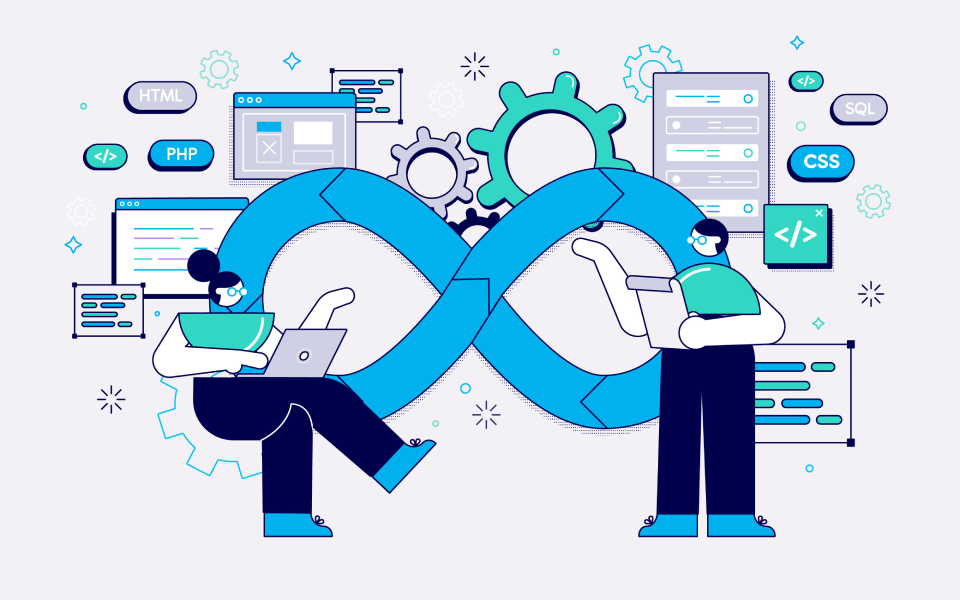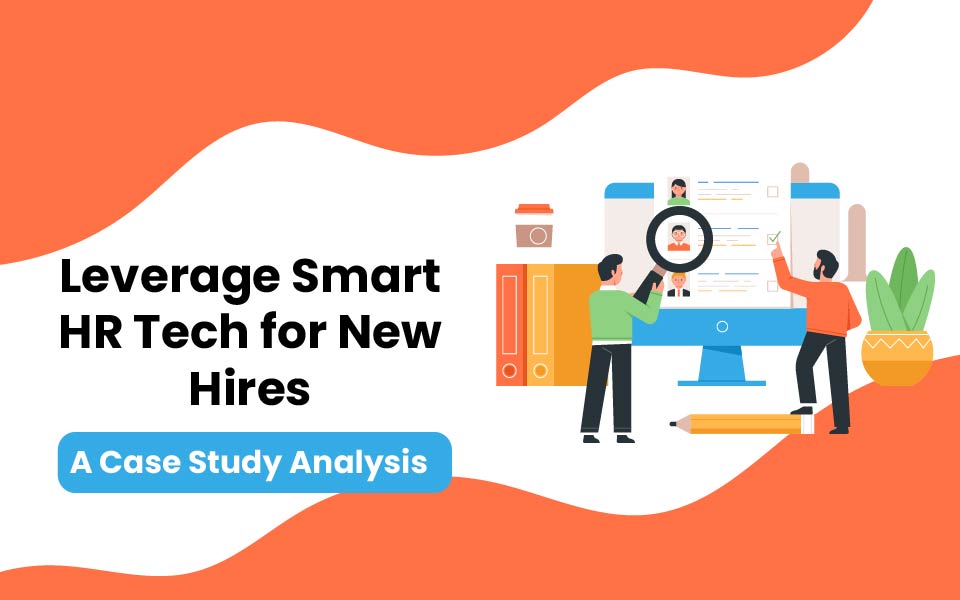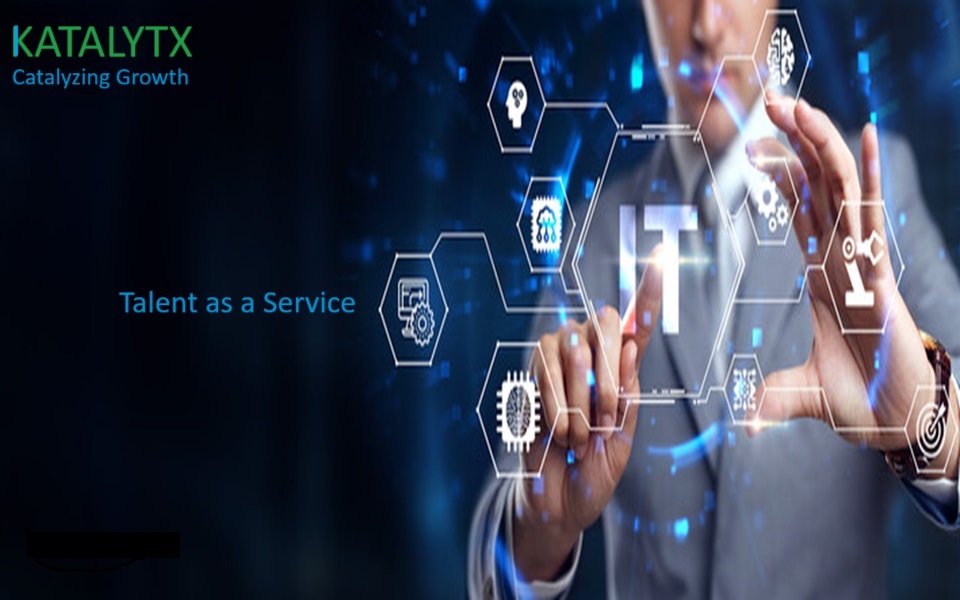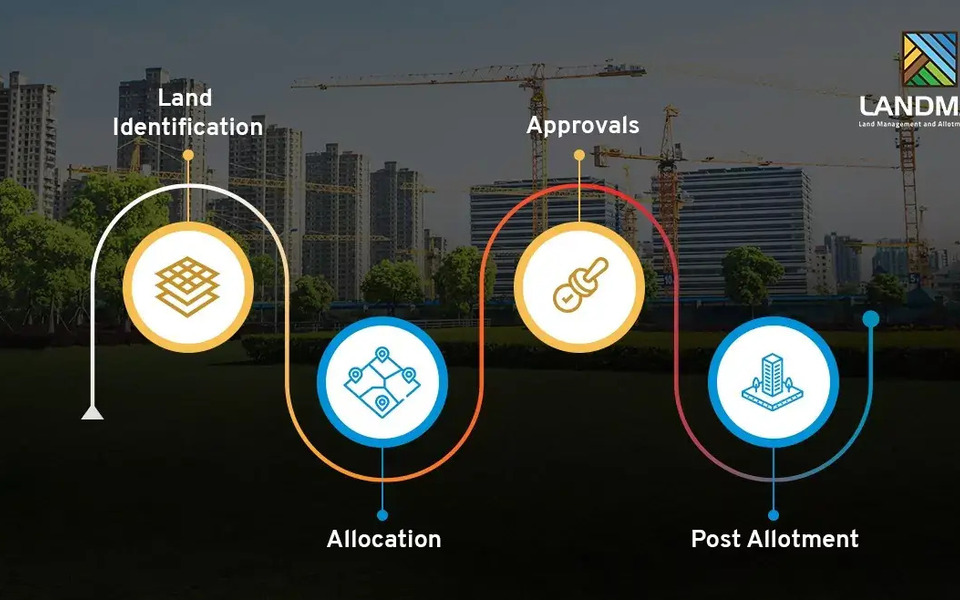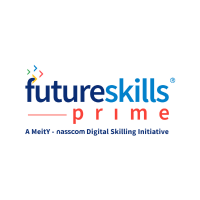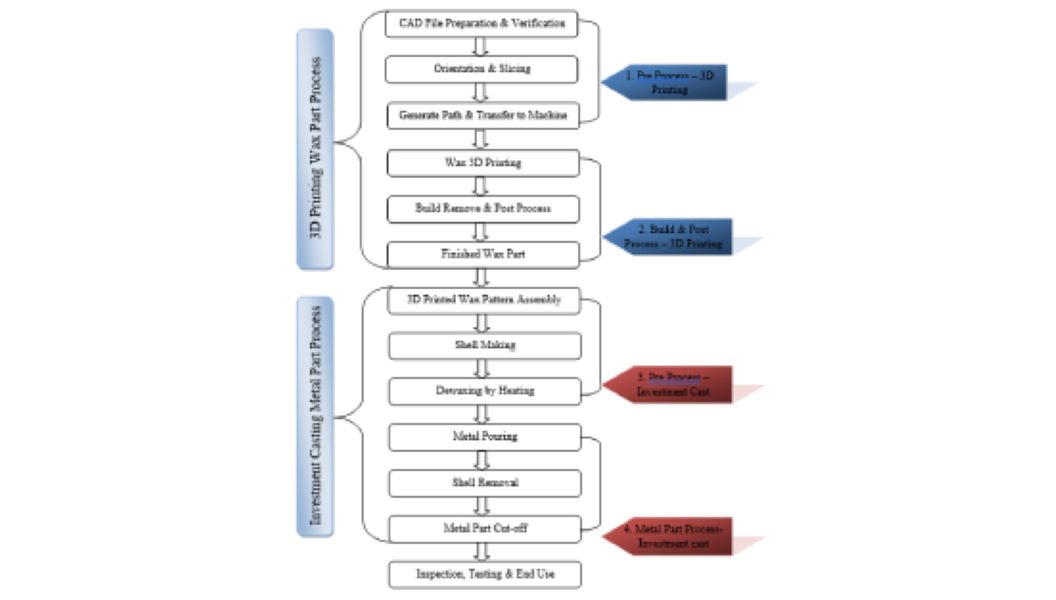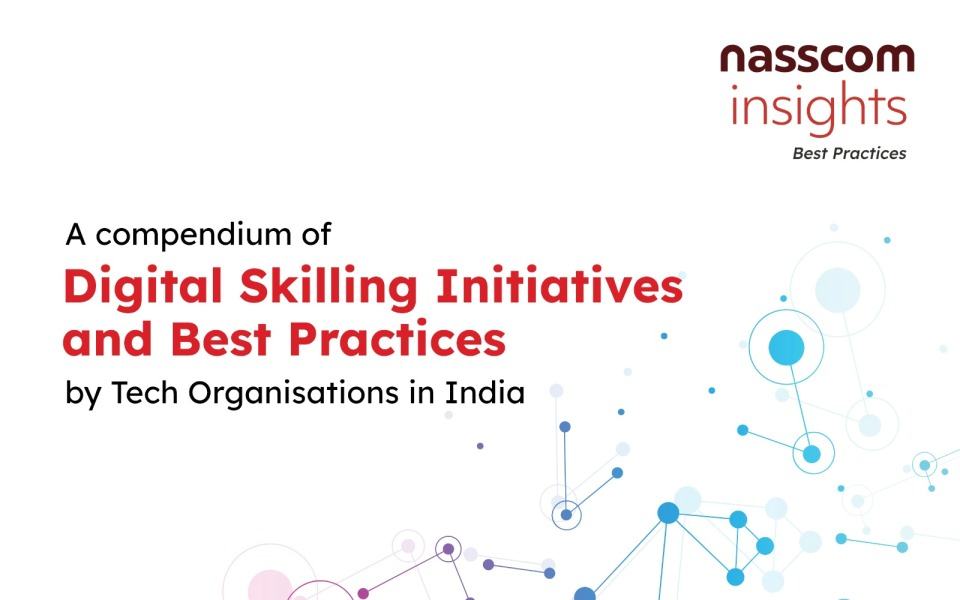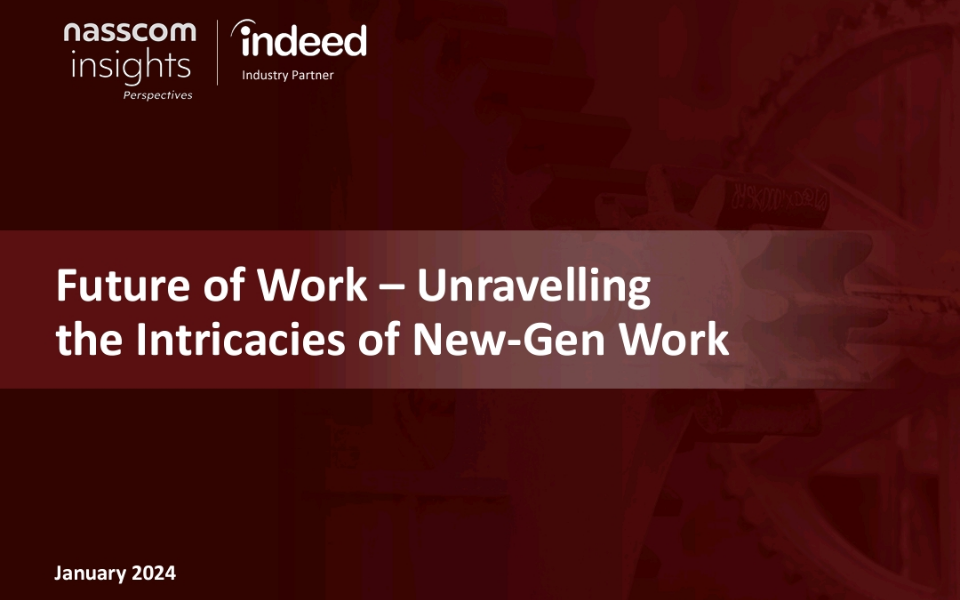Tell us about your role as CEO of Amstar Technologies
My Role as a Director & CEO at Amstar Technologies from 2005 entails a lot of outcome based strategic planning and sustainable value creation. I have previously worked in challenging and exciting job tenures at HCL, NIIT, Aptech etc from the early 80’s to late 2004. But I always had that inner calling that I should do something for the betterment of the society. That’s when I realized that skill development is essential for the Indian technology community. IT was slowly booming up in the early 90s and 00s and many people were found lacking in subject matter expertise. The real challenge came when they failed to deliver on their assigned output areas.
After conducting an initial level of market research, I saw a copious need that could help people and as a business that could help the society, association, and trainers in a much more useful way.
The training industry is one that is constantly changing – what ways can industry trainers adopt to stay relevant?
Nothing is constant in this world except change itself. Having said that, the “what” and “the whom” we change for also matters. When I started Amstar Technologies, we had no alliances, partnerships and were more on the training component from all perspectives. But I felt that by doing this we will lose in the larger and longer run and that’s where I went for strategic alliances with IBM, Arrow ECS etc and that changed the path for us by creating significant value in what we do.
The IT Industry from my experience is what we call a ‘Tectonic Iceberg’. It is undergoing a lot of resilient shifts and paradigm changes from within but has no common expression point due to fear of perception or even apprehension from a micro (employee, teams, verticals) and macro (company, location, headcount) perspective.
Adding to that is the conservative time-based model, which just makes the tip of the iceberg visible and not what is plaguing it from within. It is only due to the revamping of “Pay for Outcomes” by few industry titans and veterans that the IT training has gained momentum.
Only those who align their skills with fast-changing industry demands will succeed in transitioning into the future workforce as innovation is heralding change in the dynamics of workforce.
What are the most in demand skills today in IT and why?
The demand in IT is a dynamic cycle. As the needs and demands change so do the platforms. The most in demand skills in IT are Big Data Analytics, AI, IoT, ML, Blockchain, Kubernetes, Watson and Maximo from our area of expertise till date.
The business environment in the last few years has changed dramatically. Vendors are particularly obsessive on what is happening and with digitization becoming a top most priority in many enterprises. This dichotomy of “Old School” and “New Age” theory changes has led to three important demands in Information Technology.
- The platform must be made available “on-demand,”
- The platform must be “job-relevant,”
- The platform must be “constantly changing.”
These new drivers are making the existing ways of IT more dynamic and real time in nature thus helping to maintain pace with constantly changing Industry needs. Unlike the older generation who were content with what they had in hand. Today’s growing economy needs a constant supply of trained and skilled manpower relevant to the platform used by top companies.
We see on one hand that India has a large number of educated and unemployed graduates and yet on the other hand the Industry is desperately in short need of skilled professionals. In the wake of the changing economic environment it is imperative to focus on inculcating and advancing the prerequisite skill sets, especially Digital Technology skills to the young population of the country.
That’s where these niche skills and platforms have come into existence as the end users/stakeholders demands a better experience and engagement for his investment.
The advent of technologies like AI and ML has changed the game for the IT industry as we know it – your thoughts?
Artificial Intelligence, RPA (Robotic Process Automation), Machine Learning have changed IT significantly. The laggards are facing a residual heat and many are still perplexed as to how to go about it holistically. The front end implementers are reaping dividends in a phase wise model and here is how the break up goes.
AI and ML have made connectivity easy for businesses. Take the best instance of Google Assistant or SBI. They are now able to take on customer or user queries at ease which was earlier a tedious and time consuming process. This has helped these brands to arrive at the best outcomes and also keep more customers engaged at ease. For the AI and ML industry to thrive there are three categories of challenges to overcome namely technology, security and compatibility.
Technology: – This part is covering all technologies needed to make AI and ML function smoothly as a standalone solution or part of existing systems. It is not an easy mission. There are many technological challenges including security, connectivity, compatibility and longevity, standards and intelligent analysis followed by preemptive course of actions and rectifications.
Security, Connectivity and Instant Scalability: – A CIO from our expertise always looks for solutions which provide Rapid Deployment, Low Total Cost of Ownership and should come with instant scalability with no hurdles. It should have the best in class security. These may sound insignificant but these are the major challenges that prove to be an obstacle to the CIO at work. AI and ML platforms eliminates this challenges by a strategic focus and prevents any illegal activity without hurting innovation and is empowering CIO’s by providing an exceptional platform experience as every move is mapped across organizations and fulfils the unaddressed concern of ‘How Can we Assist you Better?’
Compatibility and Longevity: – AI and ML is growing in many different verticals like BFSI, e-Commerce, FMCG, Pharma etc and with so many different technology players competing to become the standard player it’s all about who has the best cake in that vertical for better ‘Customer Engagement Management (CEM)’ and we are here to address the vertical concerns from platform perspective.
IBM is one of the leaders in the industry for advocating new tech and supporting related endeavors – tell us about your scope of engagement with IBM?
We are a Global Training partner for any program that IBM has across vertical domains from Manufacturing, Pharma, Retail, Healthcare, BFSI, FMCG, Defense, Aviation sector etc. In short, IBM is platform agnostic and has indigenously surrounded us from all fronts.
IBM works with us on an annual retainer model wherein we try to accommodate them the best SCD (Student Count Days). More the student count days means more man hours being invested in their labs at partner rack rates.
IBM also ceaselessly strives to help us redesign customer contact experiences via periodic feedbacks and thus creating new sources of value and is bringing a human face to the ever-automating world of digital transformation, making its knowledge base more affordable than ever. They help in finding the right solution that goes beyond the scope of any handbook or e-learning session, they strive to provide a constant updated repository of learning enablement in an easy Social and collaborative learning based experience. This goes beyond the scope of any handbook or e-learning session. IBM also assists us in latest business trends and training and need analysis (TNA), training curriculums, Guaranteed to Run (GTR) calendars, certifications, and what’s upcoming in emerging IT technologies or updates. This helps us to give the best in what IBM has to offer at the best cost and value to our stakeholders. There are also periodic meetings, mailers where IBM discusses trends, new offerings, marketing best practices, benchmarking standards, standard operations, and best practices in partner program updates. Most importantly, IBM has helped us become more agile and robustly scale up to maintain and grow our technology capabilities and we look forward for our renewed engagement with IBM many more years to come.
What according to you are the current challenges in deployment of AI and related technologies?
AI, IoT, ML etc have made things easy for businesses as mentioned above. They are now able to digitize and take on outcomes at ease. AI and related technologies is a clustered universe of connected things providing key physical data and further processing of data in the cloud to deliver tangible business insights with better user interaction and interface.
The Macro challenges in deployment of AI and related technologies are
Technology: – This part is covering all technologies needed to make AI and related technologies function smoothly as a standalone solution or part of existing systems. It is not an easy mission. There are many technological challenges including security, connectivity, compatibility and longevity, standards and intelligent analysis followed by actions.
Security: AI has already turned into a serious security concern that has drawn the attention of prominent tech firms and government agencies across the world.
Connectivity: Connecting to so many devices will be one of the biggest challenges of the future of AI. This will defy the very structure of current communication models.
Compatibility and Longevity: AI and related technologies is growing in many different directions, with many different technology vendors competing to become the standard player. This will cause difficulties and require the deployment of extra hardware and software when connecting devices.
Standards: Technology standards which include network protocols, communication protocols, and data-aggregation standards are the sum of all activities of handling, processing and storing the data collected from the sensors.
The Micro Challenges in deployment of AI and related technologies are
- Inaccurate analysis due to flaws in the data and/or model
- Legacy systems inability to analyze unstructured data
- Legacy systems inability to manage real- time data
- Machines actions in unpredictable situations
- Information security and privacy
- Machine interoperability
Lastly, we should accept that not every AI Platform is an AI Platform especially in today’s scenario where multi vendors are present working on a common platform engagement.
Formal skills training is imperative in all businesses – can you tell us about your training activities for various industry sectors?
- Many skills on new technologies will be needed in the future job market and they are unsure where to begin at
- Better knowledge about these technologies will help them better anchor their career but they are scared to even find out the costs due to mixed reason
- Many agree to the need of having aggregator skilling platforms, certification etc but feel that there is no strong mechanism that provides these.
- Many say their training institute does not provide online modes of training
- Relevant Skill, Time, and Cost.
- Factors affecting completion of courses even include Course duration, Relevant content not being present, and not being self-motivated.
- Many preferred guided learning but unsure where to begin at
- A large chunk of them are currently working on Digital Technologies, like Micro servers, Cyber, Cloud, AI, ML, IoT, etc
- Many say they choose time beyond office hours if they want to up-skills.
Our training activities for popular industry sectors as below:
- BFSI- (Virtual/CR/ILO with lab assistance and case studies)
- Automobile and Manufacturing – (CR/ILO/Prototype Modeling with lab assistance and case studies)
- E-commerce and Retail- (CR/ILO/SPVC with lab assistance and case studies)
- IT – (CR/ILO/SPVC/WBT/ICT with lab assistance and case studies)
Acronyms: – CR: – Classroom, ILO: – Instructor Led Online, SPVC: – Self paced Visual Course, WBT: – Web Based Training, ICT: – Interactive Telephonic Call. MOOC: – Massive Open Online Courses.
How are you spreading awareness about training as an industry?
Training as an industry as such is an evergreen industry. I call it the recession free industry. Infact when there is a sluggish phase in the market that’s when our demand picks up and when there is continuity and a normal market movement people like to keep themselves updated and move for better job opportunities. So it’s how well we create our package and position it to our Target Audience.
We spread awareness about training as an Industry holistically and contextually via
- Referral campaign programs
- Digital Media Awareness and Public Relations
- Podcasting and Blogging about training
- Being present at niche HR events and seminars and connecting to thought leaders
- Participating at Webinars, Live-Events and creating awareness of the training as an industry
- Influencer Marketing. We have our team of Veterans and Titans who spread the need of training as and when required.
- Conducting In-house events year on year wherein we invite industry veterans in the training industry for a conclave and also invite the media for better reach and amplification.
- Strategic Alliance and Channel partnerships. We are always keen to work on this model as it is a win-win situation.
- Email Marketing
- Have Tie-ups with Local and International Training Bodies. We are partnered with ISTD, NASSCOM etc on this front and we get timely mentoring and assistance from them as well.
This is part of our ongoing series TechVoice, where we bring to you the leaders of the industry talk about the latest in innovation, technology and trends in their industry sectors. If you want to contribute, write to sindhuja@nasscom.in
For more updates, follow NASSCOM CoE IoT-DSAI on LinkedIn, Twitter, Facebook, and Youtube








